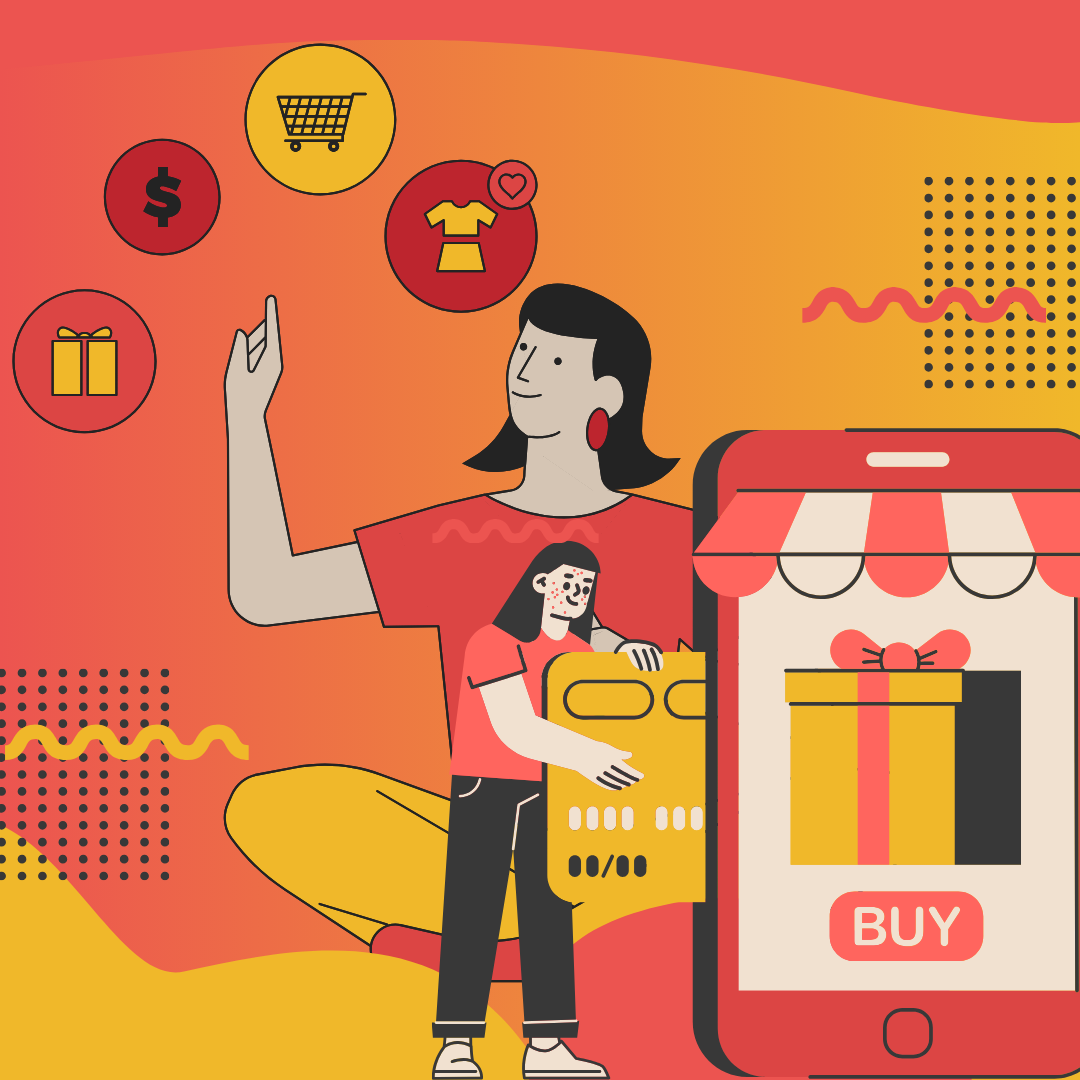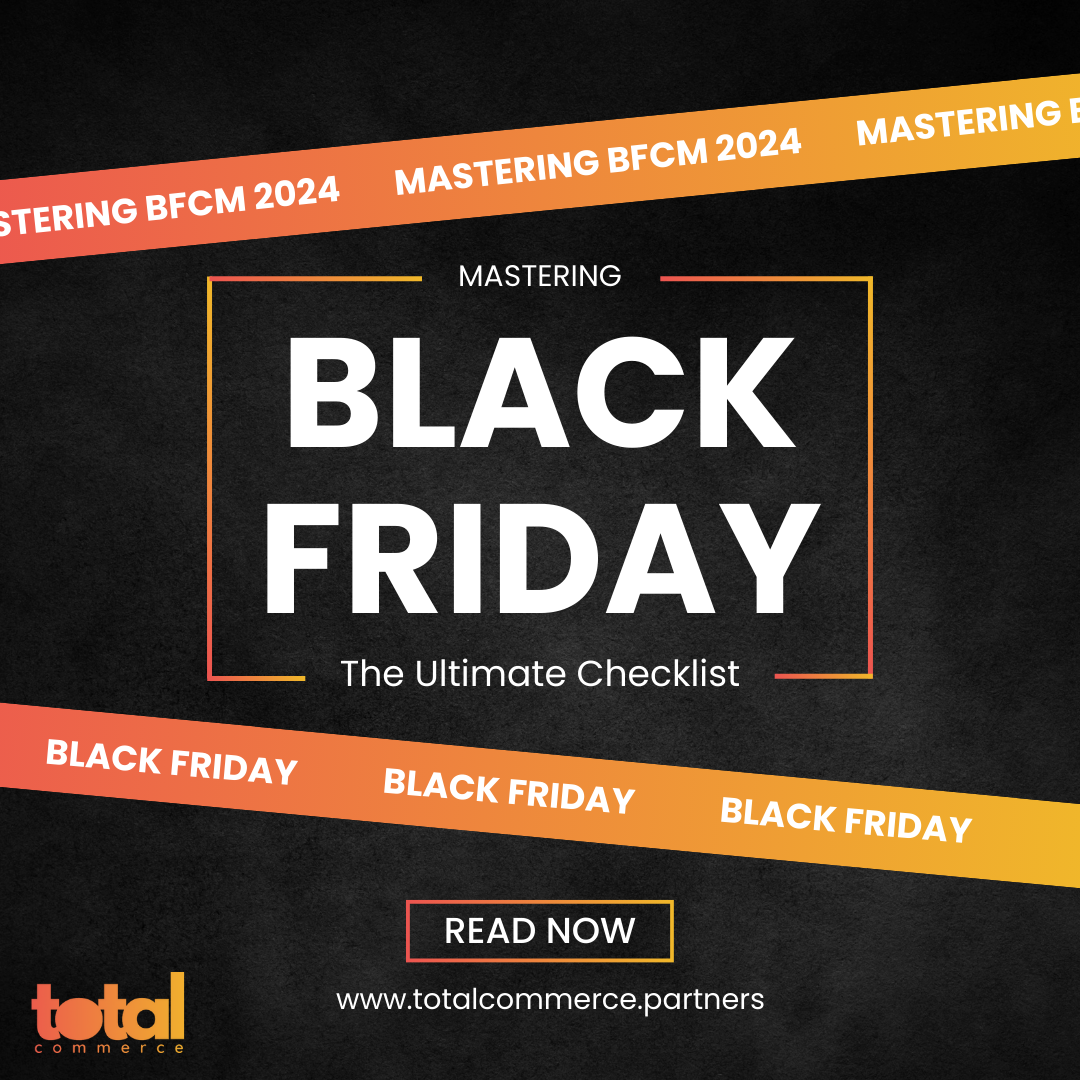Imagine walking into a store where everything is tailored just for you—your favorite music is playing in the background, the layout is designed to match your shopping habits, and the products you love are front and center. That's the magic of personalization, and in the world of eCommerce, it's more than just a nice-to-have; it's essential for success.
The Heart of Personalization: Who Are You Doing it For?
At its core, personalization is about understanding your customers on a deeper level. It's like being a good friend who knows exactly what someone needs before they even ask. But instead of asking, "How was your day?" you're analyzing data—browsing history, purchase patterns, and even social media behavior—to predict what customers might want next.
Take, for example, a story from my own shopping experiences. I once spent hours searching for the perfect coffee maker online. A few days later, I was browsing a completely different site, and there it was—an ad for the exact model I had been eyeing, paired with a deal on my favorite coffee beans. That's the power of personalization at work, and it made me feel like the site truly "got" me.
Yes, I know it's not real; it's algorithms driving suggestions behind the scenes, but it still felt nice.
Why Personalization Matters in eCommerce
The days of one-size-fits-all marketing are long gone. Today's customers expect more. They want to feel special, understood, and valued. When done right, personalization can:
- Increase customer loyalty. When customers see that you understand their needs, they're more likely to return. Personalized product recommendations can boost the likelihood of purchase.
- Enhance user experience. A tailored shopping experience is simply more enjoyable.
According to a study by Epsilon, around 80% of shoppers are more likely to make a purchase when brands provide personalized experiences. In other words, if you're not personalizing, you're missing out on a massive opportunity to form deeper connections with your audience.
The Different Flavors of Personalization
Not all personalization is created equal. In fact, it comes in many flavors, each with its own unique benefits:
1. Product Recommendations
Product recommendations are the most common form of personalization everywhere—and for good reason. They're the digital equivalent of a salesperson suggesting items based on what you've already shown interest in. For instance, Netflix recommends shows based on your viewing history, and Amazon suggests products you might like based on past purchases.
But it's not just about throwing random suggestions at customers. The key to effective product recommendations is relevance. If someone has just bought a laptop, recommending accessories like a laptop bag or a mouse makes sense. Recommending another laptop? Not so much.
2. Personalized Content
Content is king, but only if it's relevant. Personalized content means delivering articles, videos, or blog posts that align with your audience's interests. Think about Spotify's "Discover Weekly" playlist—a carefully curated list of songs based on your listening habits. This level of personalization keeps users engaged and coming back for more.
3. Dynamic Pricing
Imagine if your favorite store offered you a discount just because they know you've been eyeing a product for a while. That's the concept behind dynamic pricing—adjusting prices based on a customer's behavior. While this type of personalization can be tricky to implement, when done right, it can lead to significant conversions.
4. Targeted Emails
The days of generic email blasts are over. Today, it's all about targeted email campaigns that speak directly to the recipient. This might mean sending a "We miss you" email to someone who hasn't shopped in a while or a special offer for a customer's birthday. These little touches can make a big difference in how customers perceive your brand.
The Technology Behind the Magic
So, how do you actually make personalization happen? The answer lies in technology—specifically, data analytics, artificial intelligence (AI), and machine learning.
- Data Analytics. This is where it all starts. Collecting and analyzing data on your customers' online behavior will help you identify patterns and trends that inform your personalization strategy.
- AI and Machine Learning. AI takes things a step further by predicting what customers might want based on their past behavior. Machine learning algorithms continuously improve these predictions over time, making your personalization efforts even more accurate.
Consider how Spotify recommends music or how Amazon suggests products—they use AI and machine learning to offer highly personalized experiences. The more you interact with these platforms, the better they understand your preferences, creating a feedback loop that keeps you engaged.
Balancing Personalization with Privacy
While personalization offers immense benefits, balancing it with privacy is crucial. Today's consumers are more aware than ever of how their data is used and expect transparency.
To build trust, be upfront about your data collection practices.
Let customers know what data you're collecting and how it will be used, and give them control over their preferences. Offering value in exchange for their data—such as personalized offers or early access to sales—can also help ease privacy concerns.
Real-World Success Stories
To see the true impact of personalization, let's look at a few real-world examples:
Amazon
The king of personalization, Amazon uses everything from browsing history to past purchases to recommend products. Their personalized homepage is a masterclass in showing customers what they want before they even know they want it.
Netflix
Netflix's recommendation algorithm is so good that it drives over 80% of the content viewed on the platform. By analyzing viewing habits, Netflix not only suggests shows but also customizes thumbnails to appeal to each user's preferences.
Sephora
Sephora uses personalized emails, product recommendations, and even an AI-powered virtual assistant to provide a highly tailored shopping experience. Their loyalty program is also personalized, offering rewards based on individual shopping habits.
Getting Started with Personalization
If you're new to eCommerce personalization, it can feel overwhelming. But you don't need to do everything at once. Start small and build from there.
1. Gather Data
Begin by collecting data on your customers. This could include browsing history, past purchases, or even social media behavior.
2. Segment Your Audience
Divide your audience into segments based on their behavior and preferences. This will allow you to deliver more targeted content and offers.
3. Implement Basic Personalization
Start with something simple, like personalized email campaigns or product recommendations based on past purchases.
4. Measure and Adjust
Use analytics to track the effectiveness of your personalization efforts. What's working? What's not? Use this data to refine your strategy.
Personalization Is the Secret Sauce to Customer Loyalty
In a world where customers have endless options, personalization is what sets successful eCommerce businesses apart. It's not just about selling your products; it's about creating a shopping experience that feels personal, relevant, and tailored to every person browsing your store.
By understanding your customers, leveraging the right technology, and balancing personalization with privacy, you can create an eCommerce experience that goes above and beyond expectations. After all, in the digital age, one size definitely doesn't fit all.




